Thumb Spica Splint
₹350.00 Original price was: ₹350.00.₹295.00Current price is: ₹295.00.
A thumb spica splint is a medical device designed to immobilize and support the thumb and wrist. It is commonly used to treat various conditions, including thumb fractures, tendon injuries, and arthritis. The splint typically features a rigid or semi-rigid frame that holds the thumb in a functional position while allowing the other fingers to move freely. Made from breathable materials, the splint helps reduce pain and swelling, promotes healing, and aids in recovery by preventing further strain on the injured thumb. It is often adjustable to provide a customized fit for enhanced comfort and effectiveness.
Thumb spica splint is a medical device designed to immobilize the thumb and wrist to promote healing and alleviate pain resulting from various injuries and conditions This type of splint supports the thumb in a specific position limiting motion to facilitate recovery and prevents further injury commonly used for sprains fractures tendon injuries or arthritis The splint can be made from a variety of materials including plaster fiberglass or thermoplastic each offering different benefits in terms of weight durability and ease of use
1. **Indications for Use**: Commonly indicated for conditions like de Quervains tenosynovitis thumb fractures ligament injuries and post-operative stabilization
2. **Design**: Typically features a rigid structure that holds the thumb in an abducted and opposed position providing optimal support while allowing the fingers some mobility
3. **Material**: Can be constructed from lightweight breathable materials that enhance comfort during daily activities while ensuring adequate immobilization
4. **Customization**: Available in pre-fabricated and custom-fitted options allowing healthcare providers to select the best choice based on the patient’s specific needs
5. **Durability**: High-quality materials used in thumb spica splints provide durability and resistance to daily wear and tear suitable for long-term use during recovery
6. **Application**: Proper application is critical to ensure the splint adequately immobilizes the thumb while not restricting circulation or causing discomfort
7. **Sizing**: Sizing options range from pediatric to adult ensuring that patients of all ages can find an appropriate fit
8. **Rehabilitation Role**: Plays a crucial role in rehabilitation by providing stability and support allowing for controlled movement as healing progresses
9. **Effect on Mobility**: Although it limits thumb movement patients can often still perform many tasks with the other fingers helping maintain functionality
10. **Patient Education**: Important for patients to understand the role of the splint in their recovery and follow instructions for wear and care to maximize healing
11. **Follow Up Care**: Regular follow-ups with a healthcare provider are essential to monitor healing and make any necessary adjustments to the splint
12. **Comfort Features**: Many designs include padding or liners to improve comfort and prevent skin irritation which may arise from prolonged wear
13. **Wear Duration**: The recommended duration for wearing a thumb spica splint varies depending on the injury severity but generally ranges from several weeks to a few months
14. **Potential Complications**: Risk of complications such as skin breakdown nerve compression or joint stiffness can occur if the splint is not properly fitted or maintained
15. **Alternative Treatments**: Other treatment options exist including physical therapy corticosteroid injections or surgical interventions which may be considered in conjunction with splinting depending on the diagnosis
In summary thumb spica splints are essential tools in managing thumb and wrist injuries offering immobilization and support that contribute to effective healing and rehabilitation Proper use and adjustment of the splint are key in achieving optimal recovery outcomes advised by healthcare professionals
Related products
-
Wrist / Thombo
Dynamic Cock Up Splint For Support & Stability To The Wrist For Strengthening Muscles (Grey)
Rated 0 out of 5₹680.00Original price was: ₹680.00.₹578.00Current price is: ₹578.00. Add to cart Buy Now -
Wrist / Thombo
Finger Splint – All Sides | Provides Firm Support To The Finger (Silver)
Rated 0 out of 5₹225.00Original price was: ₹225.00.₹214.00Current price is: ₹214.00. Add to cart Buy Now -
Wrist / Thombo
Finger Splint – Baseball | Provides Firm Support To The Dip Joint Of The Finger (Silver)
Rated 0 out of 5₹240.00Original price was: ₹240.00.₹228.00Current price is: ₹228.00. Add to cart Buy Now -
Wrist / Thombo
Swan Finger Splint | Provides Firm Support & Immobilizes The Finger (Silver)
Rated 0 out of 5₹310.00Original price was: ₹310.00.₹279.00Current price is: ₹279.00. Add to cart Buy Now
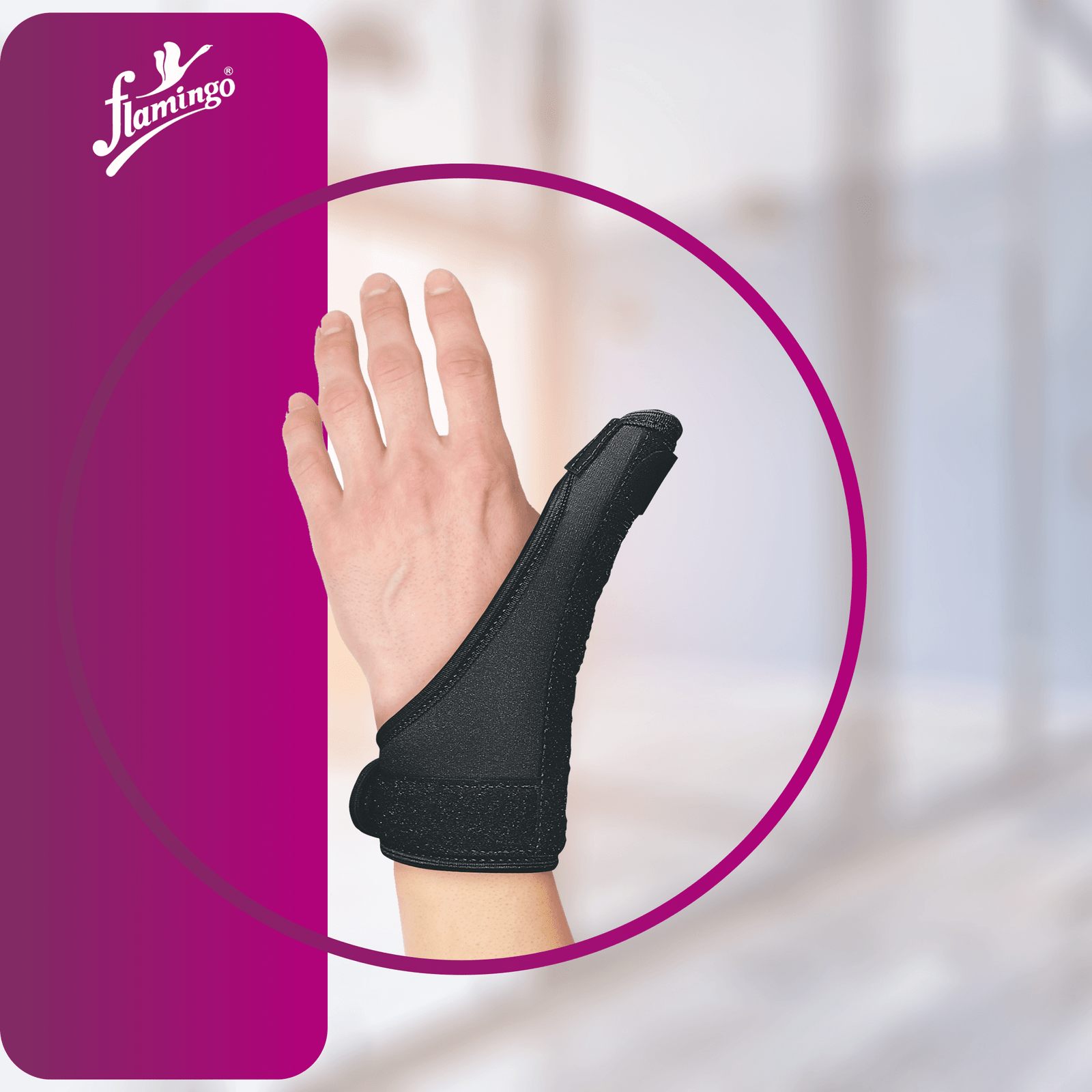

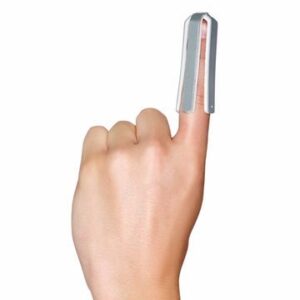
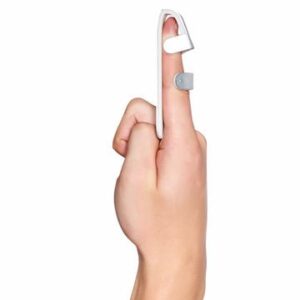
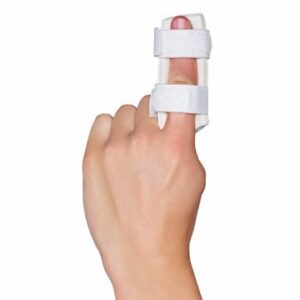

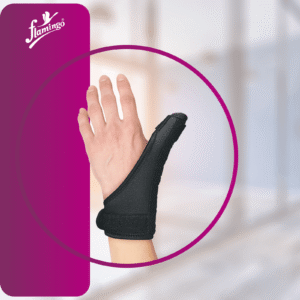
Reviews
There are no reviews yet.